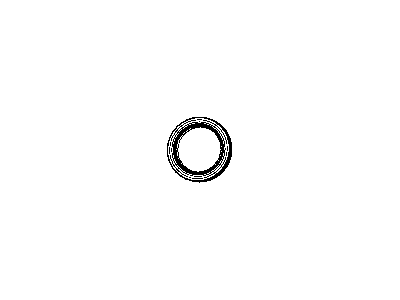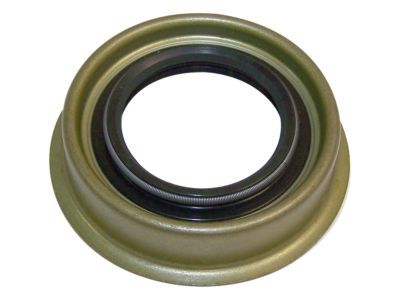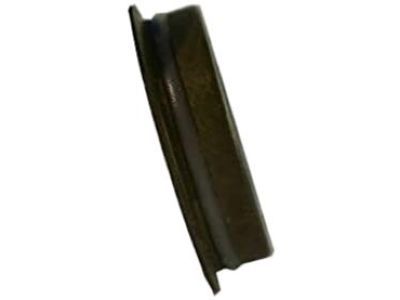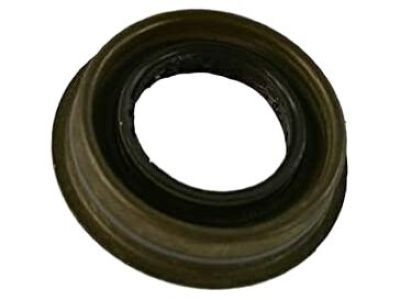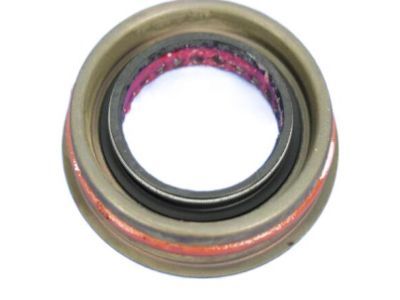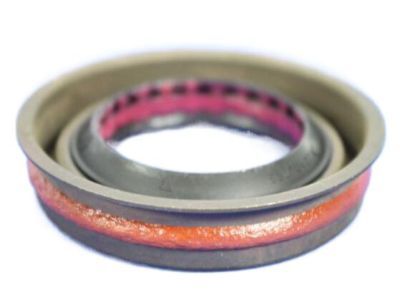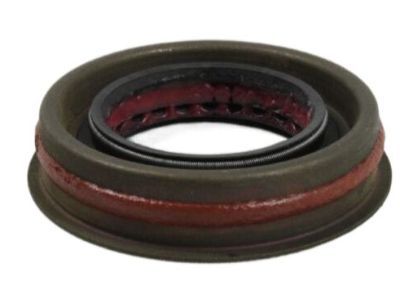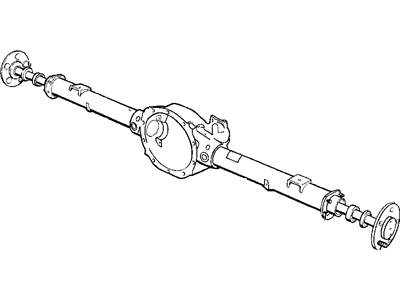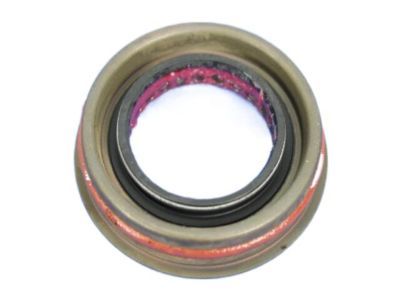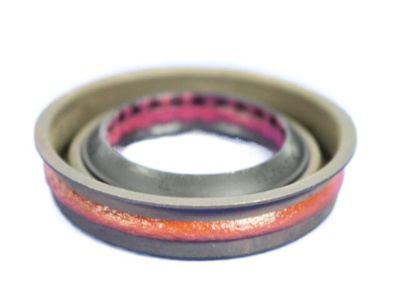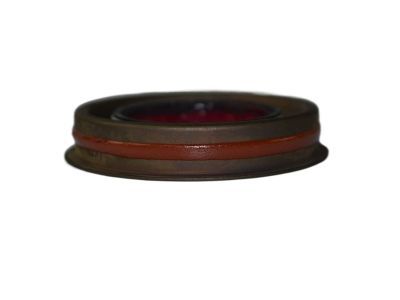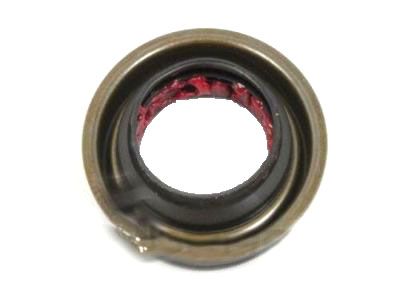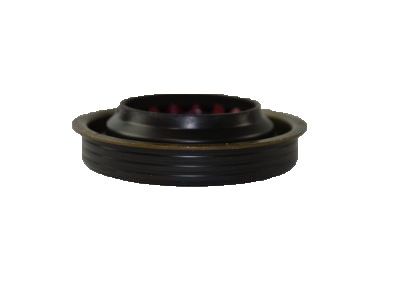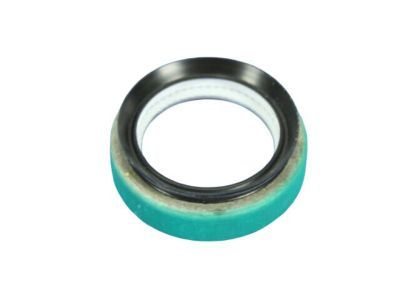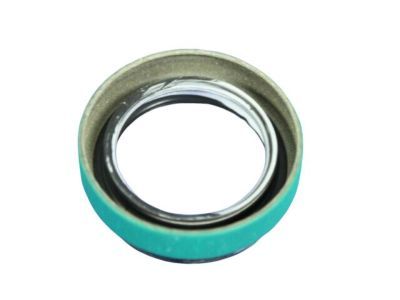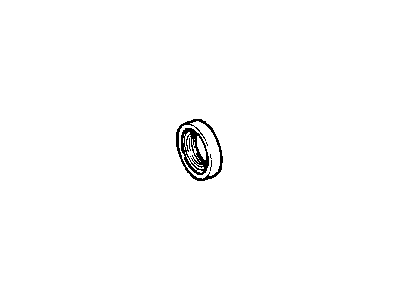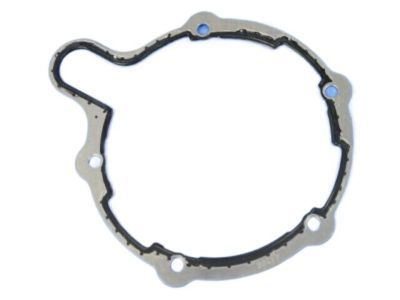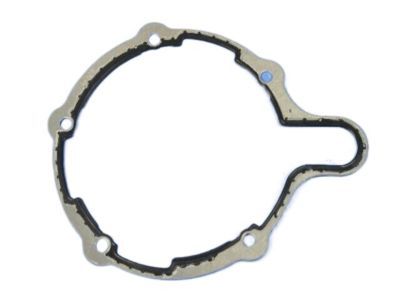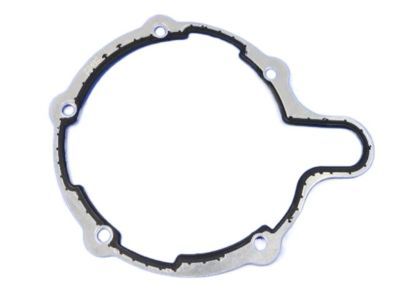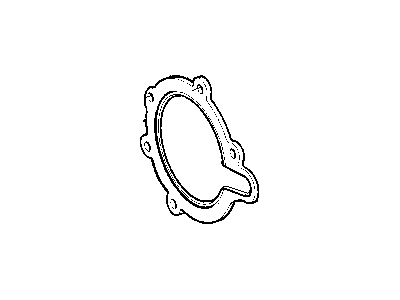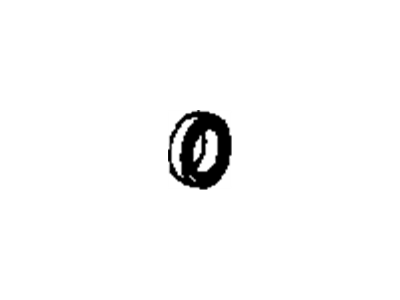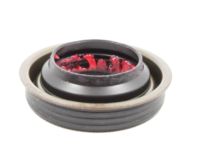
My Garage
My Account
Cart
Genuine Dodge Dakota Transfer Case Seal
Transfer Case Output Shaft Seal- Select Vehicle by Model
- Select Vehicle by VIN
Select Vehicle by Model
orMake
Model
Year
Select Vehicle by VIN
For the most accurate results, select vehicle by your VIN (Vehicle Identification Number).
10 Transfer Case Seals found
Dodge Dakota Transfer Case Seal
Looking for affordable and high-quality auto parts? Then you have already arrived at the proper online shop. We offer all Dodge Dakota Transfer Case Seal at great affordable prices. Moreover, all genuine Dodge Dakota Transfer Case Seal come with a manufacturer's warranty. In the long run, you would realize you have saved a lot of trouble and money with OEM parts from here.
Dodge Dakota Transfer Case Seal Parts Questions & Experts Answers
- Q: How do you replace the front output shaft seal and extension housing seal on Dodge Dakota?A:Disconnect the cable from the negative battery terminal, then raise the vehicle and support it securely on jackstands. Remove the skid plate if equipped and drain the Transfer Case lubricant. For the front output shaft seal, remove the front driveshaft. If the model has a companion flange, remove the companion flange nut and flange from the transfer case, tapping the companion flange off the output shaft with a brass or plastic hammer. For models without the companion flange, remove the front driveshaft seal boot clamp and slide the boot from the transfer case slinger. Carefully bend the slinger away from the transfer case and remove it from the shaft, possibly using a punch and hammer to loosen it. Pry out the old seal with a screwdriver or seal removal tool, ensuring not to scratch or gouge the seal bore. Lubricate the lips and outer diameter of the new seal with multi-purpose grease, place it in position square to the bore with the garter spring facing inward, and use a seal driver or a suitable equivalent to drive the seal into place, starting with light hammer taps until it is recessed correctly. Install the seal slinger and driveshaft seal boot, securing the boot with a new clamp. If equipped, install the companion flange onto the transfer case output shaft, tighten the flange nut to the specified torque, and then install the front driveshaft. Finally, remove the jackstands and lower the vehicle. The procedure for the extension housing seal replacement is identical to that of the transmission.
Related Dodge Dakota Parts
Browse by Year
2011 Transfer Case Seal 2010 Transfer Case Seal 2009 Transfer Case Seal 2008 Transfer Case Seal 2007 Transfer Case Seal 2006 Transfer Case Seal 2005 Transfer Case Seal 2004 Transfer Case Seal 2003 Transfer Case Seal 2002 Transfer Case Seal 2001 Transfer Case Seal 2000 Transfer Case Seal 1999 Transfer Case Seal 1998 Transfer Case Seal 1997 Transfer Case Seal 1996 Transfer Case Seal 1995 Transfer Case Seal 1994 Transfer Case Seal


